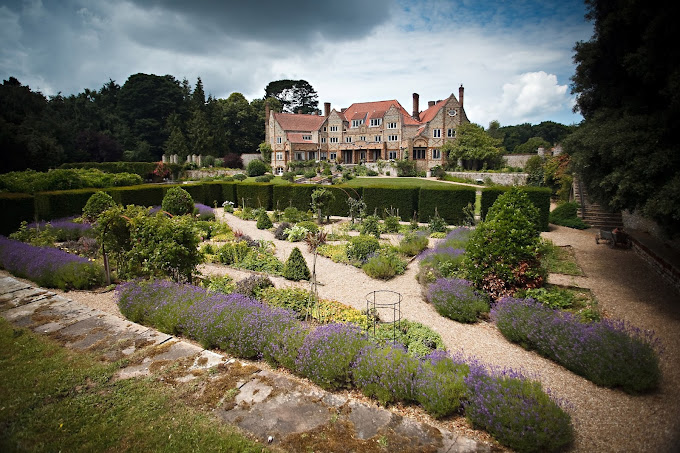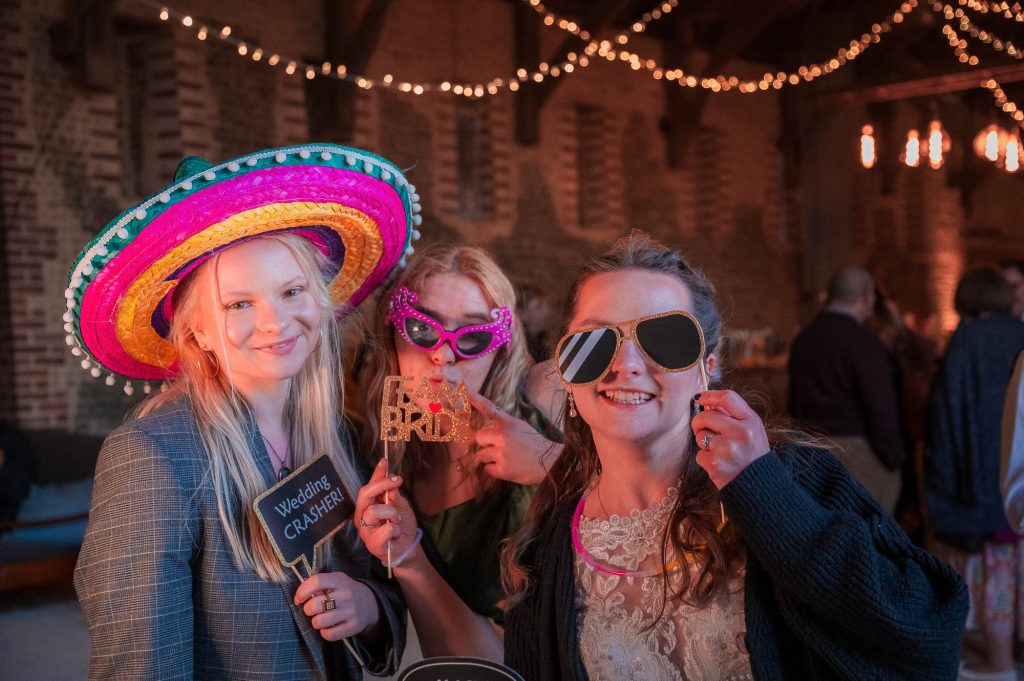When Should You Book Your Wedding Photographer or Videographer?
By NimbleNorfolk / April 7, 2025 / No Comments / Planning
Your guide to timing it right—for stress-free planning and storytelling that feels like you.
There’s a particular energy that comes with spring—something about the longer light, fresh air, and all those surprise proposals blooming alongside the daffodils. If you’ve just gotten engaged (congratulations!), you’re probably wondering: Where do we even start?
One of the first decisions couples face—after the venue and maybe the dress—is when to book your photographer or videographer. It’s not just a date on a calendar. It’s about finding someone who sees you. Who can quietly witness and document the honest, unpolished beauty of your day.
And in a season where enquiries surge, timing matters.
Here’s what you need to know about when to book, why it’s important, and how to do it in a way that feels calm, clear, and aligned with what you actually want from your wedding day.
Why Booking Early Isn’t Just About Securing a Spot
Wedding photographers and videographers—especially those who work in a documentary, story-driven style—often take on a limited number of weddings per year. For us at NIMBLE, it’s never about volume. It’s about giving our full attention to each couple and crafting something personal, thoughtful, and honest.
So while our cameras are focused on your day, our energy is invested in you: getting to know your dynamic, understanding the rhythm of your relationship, and being fully prepared to blend in when the time comes.
That kind of connection takes time. Booking early ensures not only that you get the person you want behind the lens—but that you give the relationship room to grow.
The General Rule: 9–18 Months in Advance
Most couples book their wedding photographer or videographer anywhere between 9 to 18 months before the wedding. Here’s how that breaks down:
12–18 Months:
- Ideal for peak season weddings (May–September in the UK)
- Gives you the best chance of securing your first-choice creative team
- Allows time for any engagement shoots, location planning, or travel logistics
9–12 Months:
- Still great for off-peak or weekday weddings
- You’ll want to move quickly, especially if you’re looking at well-known or in-demand vendors
6 Months or Less:
- Possible, but limited availability
- Often requires flexibility on dates or style
- Might mean working with associate photographers or newer teams
So if you’re in that dreamy, early engagement phase and your date is set—now’s the time.
But What If You Don’t Know Your Style Yet?
That’s okay. A lot of couples don’t know exactly what they’re looking for until they start seeing what feels right.
Some will say: “We don’t like staged photos—we just want it to feel natural.”
Others say: “We don’t know what we want yet. We just know we don’t want anything too cheesy.”
That’s a great starting point.

Start by exploring portfolios that move you. Look for work that feels like memory—rather than a Pinterest board. Pay attention to the tone, the mood, the way people are interacting.
If the imagery makes you feel something, that’s a good sign you’re on the right track.
Why Spring Is Booking Season for a Reason
More engagements happen between December and March than any other time of year—and by April, inboxes are full and calendars are quickly filling.
Spring is also when wedding fairs, open days, and engagement sessions start to ramp up again. It’s the perfect time to reach out while teams are actively preparing for the year ahead but not yet deep in back-to-back wedding weekends.
So if you’re reading this in April or May—this is your window.
Behind the Scenes: What Early Booking Means for Us (and You)
At NIMBLE, the earlier you book, the more we can do for you. That might look like:
- Scouting your venue in advance to find the best light and quietest corners
- Creating a custom visual brief for your film and photos
- Building in time for a relaxed pre-wedding shoot
- Helping shape your timeline so that moments unfold naturally, without feeling rushed
It also means we’re on hand throughout your planning process. Not in a pushy way—just quietly available for questions, ideas, or timeline tweaks as you go.
When you book last-minute, that’s harder to do.
What to Ask Before You Book
Booking a photographer or videographer early is great—but it should also be intentional. Here are a few questions to ask yourself and your potential creative team:

- Do we feel comfortable with them?
(You’ll spend more time with your photographer on the day than almost anyone else.) - Do we trust their perspective and approach?
(Look for alignment on style, values, and how they interact with people.) - Are they clear and transparent about their process?
(From pricing to delivery timelines, clarity is a green flag.) - Do their past weddings feel real and connected—or overly posed?
(Look for emotion and storytelling, not just aesthetics.)
A Note for Couples Planning Short Timelines
Planning a wedding in six months or less? It’s still possible to book a great photographer or videographer—but it helps to be flexible.
In these cases, we recommend:
- Reaching out to teams that offer associate options
- Being open to weekdays or Sundays
- Keeping your guest list smaller to give more breathing room to the day
At NIMBLE, we always try to accommodate late bookings when possible—especially for smaller or elopement-style weddings that align with our ethos.
Book Early for Peace of Mind, Not Pressure
Ultimately, booking your photographer or videographer early isn’t about checking a box. It’s about giving yourself the space to make thoughtful decisions—ones that reflect who you are and what matters to you.
Because long after the flowers fade and the playlist ends, the way your day was seen—the way it felt—will be what you carry with you.
So book someone who sees it the way you lived it. And if that might be us, we’d love to hear from you.
Thinking of working with NIMBLE?
We offer free, relaxed consultations with no pressure—just an honest conversation about what your wedding could look like through our lens.
Let’s start the conversation →





